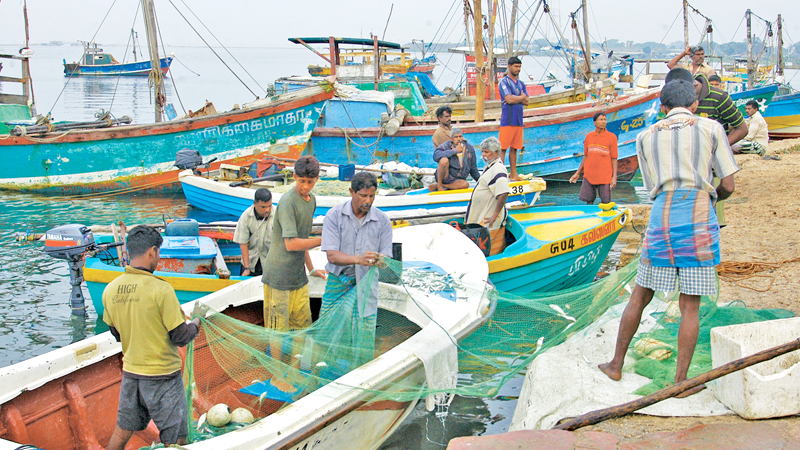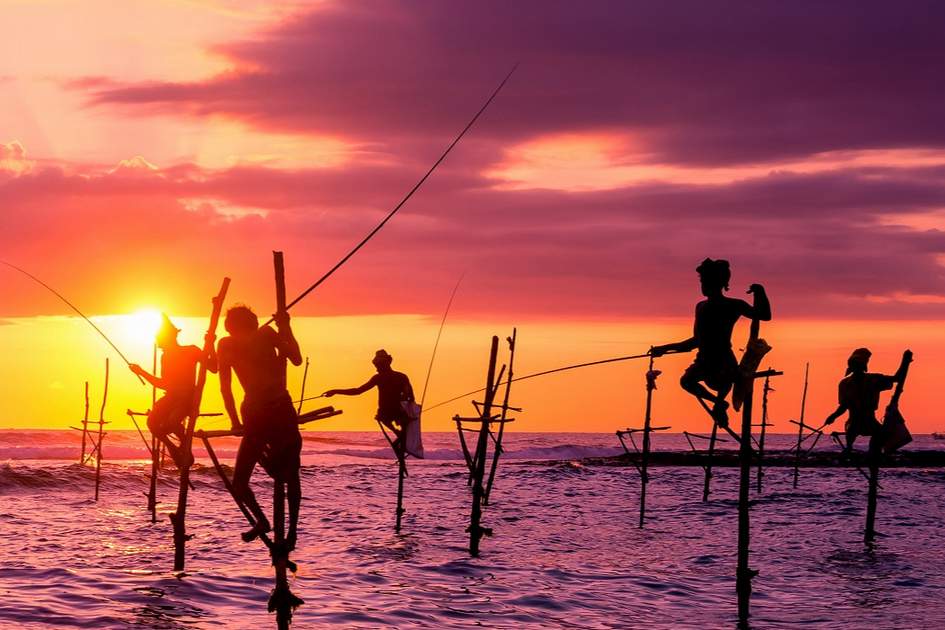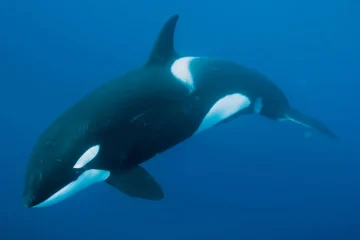Water covers 71% of Earth. Anywhere and everywhere that you go on this planet, you see vast oceans, wide lakes, beautiful streams, etc. Therefore, if you could think of a livelihood that is associated with this much water on earth, that would be fisheries.
What is a fishery?
According to the UNFAO, “a fishery is an activity leading to the harvesting of fish. It may involve the capture of wild fish or raising of fish through aquaculture.” Adding more to this, the term fisheries include the areas of ornamental fish, recreational fishing, and other fish products such as salmon and fish oil. Therefore, it is basically an industry or an occupation that is related to fish and other aquatic animals like shrimp and cuttlefish.

Types of Fisheries
This industry spreads on a wide scale depending on the types of fish harvested, methods of catching fish, the scale of the fishing gear involved, processing, and the purposes involved. Therefore, it has various types, making it more interesting to explore through.
Types of Fisheries by the Habitat of Harvested Fish
- Freshwater Fisheries – take place in rivers, lakes, etc. that contain freshwater, and the harvest gained from this is freshwater fish.
- Coastal Fisheries – take place in the coastal areas of a country and this is the highest source of fish that are in people’s regular diet.
- High Seas Fisheries – the high sea is the open ocean, that goes beyond a country’s jurisdiction. There are several techniques, fishermen use in this field such as drift net fishing.
- Brackish Water Fisheries – when saltwater and freshwater mix together, it results in brackish water that is high in salinity levels. This type of fishery is popular when harvesting shrimp in lagoons.
Types of Fisheries by the expansion of industry, fishing gear involved, and the purposes involved
- Industrial fisheries – Associated with high technology and high capital investment that involves more deep sea fishing.
- Small-scale Fisheries – Mostly limited to the coastal line or inland in which relatively less advanced technology is used and low capital investment. It can be mainly subsistence or partially commercial.
- Artisanal Fisheries – Mainly confined to providing local consumption or export
- Recreational Fisheries – Related to fishing for leisure and self-consumption or for the purpose of time passing.
- Traditional Fisheries – Passes from generation to generation and it is associated with traditional fishing and processing methods. This is mostly operated on small scales and largely integrated with the environment of the locality.
Sri Lankan Fishing Industry
Without a doubt, Sri Lanka is a beautiful tropical island that offers great potential for the marine, inland, and deep sea fishing industry so that they provide 50% of animal protein requirement to the nation. In Sri Lanka, 90% of the fish catch is provided by marine fisheries, and coastal fisheries contribute to 60% of marine fisheries.
To date, there are more than one million people associated with this industry as owners, fishermen, workers, and buyers. In addition, this industry contributes 2.7% to the GDP of the country.
Furthermore, one of the most interesting traditional fishing methods in Sri Lanka is stilt fishing, which is a method used in coastal fish catching and can be seen in the areas of Koggala, Kaththaluwa, and Ahangama. So if you travel in the coastal line of these areas you are most likely to catch the beautiful sight of fishermen perched on branched poles as they fish skillfully during dawn, noon, and dusk.
All in all, this is a vital industry for the Sri Lankans, that not only brings capital but also nutrients to the country.

Impacts of Fisheries
As with any other industry, this one is also not an exception, it confronts with many compromsing challenges due to the high volume of fishing, and destructive or extensive fishing gear and techniques applied that result in a number of environmental impacts such as,
- overfishing of the fish stock
- destruction of fish habitats
- the fishing down of marine food webs
- ecological disruption
World Fisheries Day
‘International fisheries day’ is celebrated annually on the 21st of November by people who are living all around the globe and are associated with the said industry. This day is to address the environmental impacts of fisheries, and it mainly highlights the importance of healthy marine ecosystems and the importance of securing sustainable fish stocks around the world, and also raising awareness among people to protect nature and develop sustainable methods for fishing.
The first ‘World Fisheries Day’ was launched on the 21st of November 2015, during the opening of the International Fishermen’s organization in New Delhi. Every year this day is celebrated with a new theme that showcases the improvements that could be brought out for the development of the fishing industry, environment, and biodiversity.
In a vast sea with many options for fish, you might sometimes end up catching nothing but ideas of a new method, just like in life, regardless of how much effort you put into something, it might not work but opens up a new path. So, the world celebrates this day on the 21st of November, which is today, bringing us a wonderful lesson for life.

“If you fish and catch nothing, you have still caught a lesson.”
Written By:
Omethya Illeperuma,
2nd Year Undergraduate,
Biological Science Stream,
Faculty of Science,
University of Colombo.
References:
- admin@watchinglanka. (2022, September 1). Fishing Industry in Sri Lanka. Watching Lanka. https://www.watchinglanka.com/fishing-industry-in-sri-lanka/
- World Bank Group. (2022, March 2). Towards Improved Livelihoods and Higher Revenues From Sustainable Fisheries in Sri Lanka. World Bank. https://www.worldbank.org/en/news/feature/2022/03/02/towards-improved-livelihoods-higher-revenues-from-sustainable-fisheries-srilanka
- Fisheries sector records historic performance in 2021 | Daily FT. (2022, March 30). https://www.ft.lk/front-page/Fisheries-sector-records-historic-performance-in-2021/44-732755
- Sumaila, U. R., Bellmann, C., & Tipping, A. (2016). Fishing for the future: An overview of challenges and opportunities. Marine Policy, 69, 173–180. https://doi.org/10.1016/j.marpol.2016.01.003
- World Fisheries Day 2021. (2021, November 2). Karnataka Tourism. https://karnatakatourism.org/world-fisheries-day-2021/
Image Courtesy:
- Title Image: https://bit.ly/3ASoGmz
- 1st Content Image: https://bit.ly/3TV1DxQ
- 2nd Content Image: https://bit.ly/3UYXRVO
- 3rd Content Image: https://bit.ly/3OoC72V



0 Comments